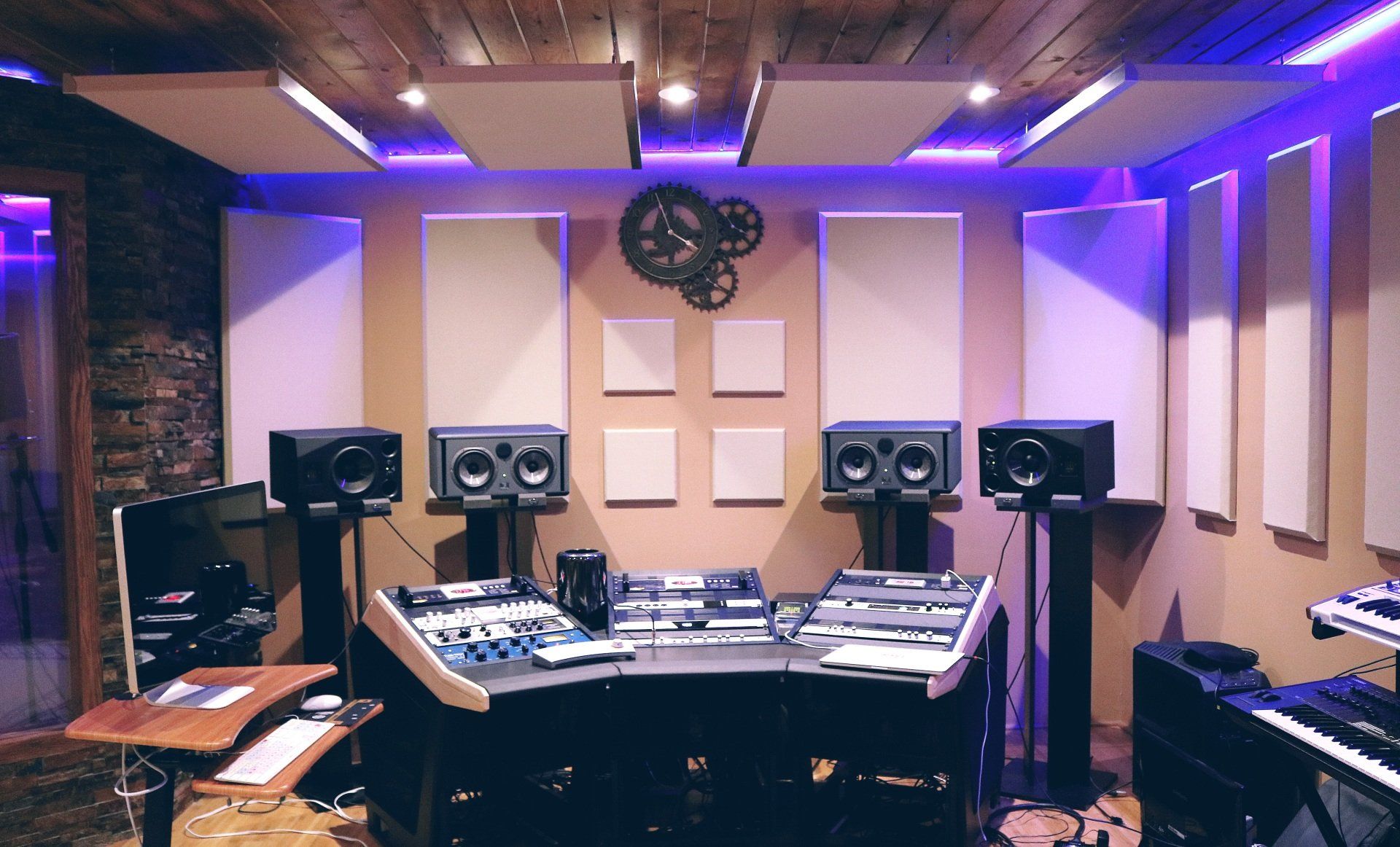Is a 5dB Boost in Acoustic Door Performance Worthwhile?
Deciphering the Importance of a 5dB Boost in Acoustic Doors: What You Need to Know.
When it comes to enhancing the acoustic qualities of a room, one often considers various factors, from soundproofing materials to insulation techniques. Among these, the choice of doors plays a crucial role. Acoustic doors are designed to minimise the transmission of sound between spaces, providing a quieter and more comfortable environment. But does a mere 5dB increase in acoustic performance really make a noticeable difference? Let's delve into this question further.
Firstly, it's important to understand what decibels (dB) represent in the context of sound. Decibels are a logarithmic unit used to measure the intensity of sound. A 5dB increase may seem modest, but in the realm of acoustics, it can translate to a significant reduction in perceived noise levels. To explain this, an increase of 3dB represents a doubling of the sound pressure, an increase of about 10dBA is required before the sound subjectively appears to be twice as loud. The smallest change we can hear is about 3dB.
On the decibel scale, the smallest audible sound (near total silence) is 0dB. With it being a logarithmic scale, a sound 10 times more powerful is 10dB. A sound 100 times more powerful than near total silence is 20dB. A sound 1,000 times more powerful than near total silence is 30dB.
So does a mere 5dB increase in acoustic performance really make a noticeable difference? Well. Yes. When the difference between lets say 40dB and 50dB is a sound 10 times more powerful, and 3dB representing a doubling of sound pressure. 5dB is noticeable for sure.
Now to emphasise the points above, lets refer to the a more extreme example for hearing loss. Any sound above 85dB can cause hearing loss, and the loss is related both to the power of the sound as well as the length of exposure. You know you are listening to an 85dB sound if you have to raise your voice to be heard by somebody else.
Eight hours of 90dB sound intensities can cause damage to your ears; any exposure to 140dB sound causes immediate hearing damage (and causes actual pain).
The National Institute for Occupational Safety and Health (NIOSH) workers not be exposed to dB levels over 85 for more than 8 hours. For every 3dB increase in loudness, the maximum noise exposure time is halved. So, workers should only be exposed to an 88dB sound for up to 4 hours and 100-dB sounds for 15 minutes.
Now making reference to "a mere 5dB ", for 3dB the NIOSH state
maximum noise exposure time is halved.
| Change in dB | Change in sound energy |
|---|---|
| 3 dB increase | sound energy is doubled |
| 3 dB decrease | sound energy is halved |
| 10 dB increase | sound energy is increased by a factor of 10 |
| 10 dB decrease | sound energy is decreased by a factor of 10 |
| 20 dB increase | sound energy is increased by a factor of 100 |
| 20 dB decrease | sound energy is decreased by a factor of 100 |









